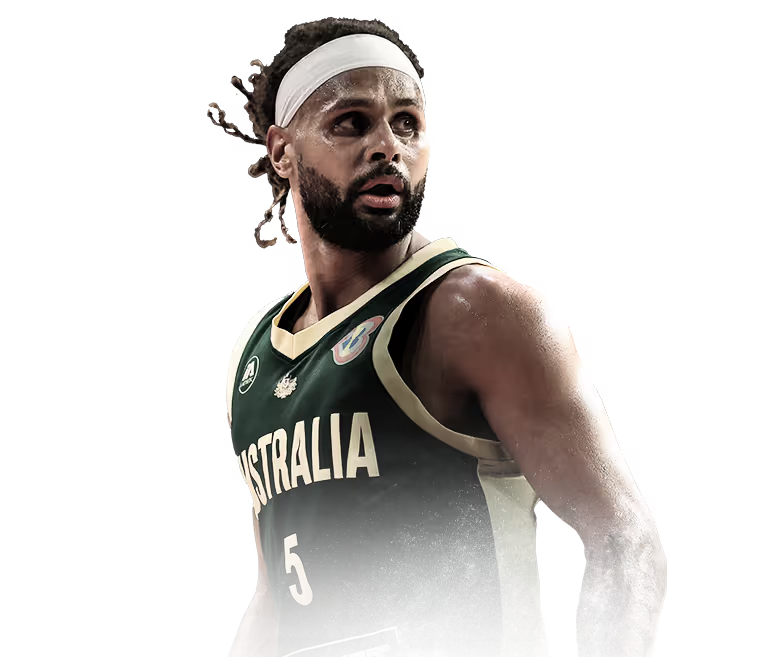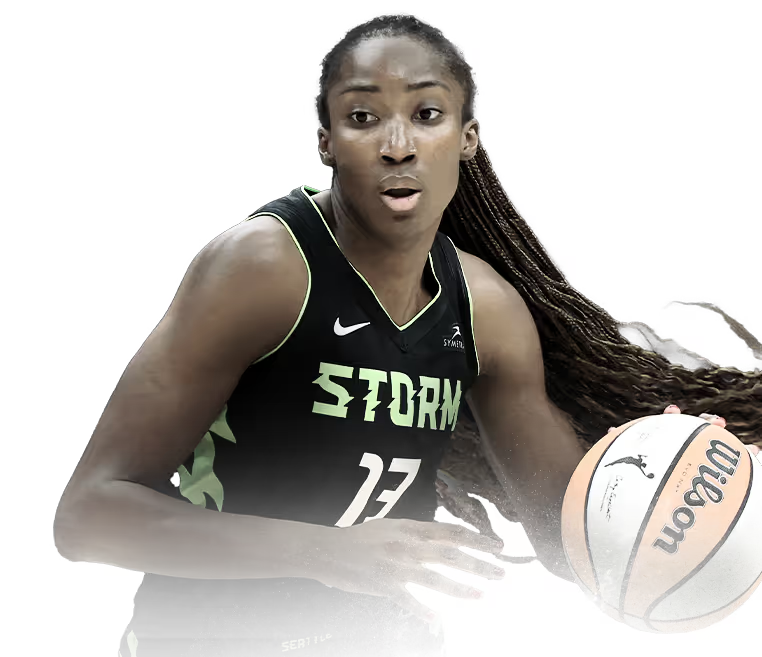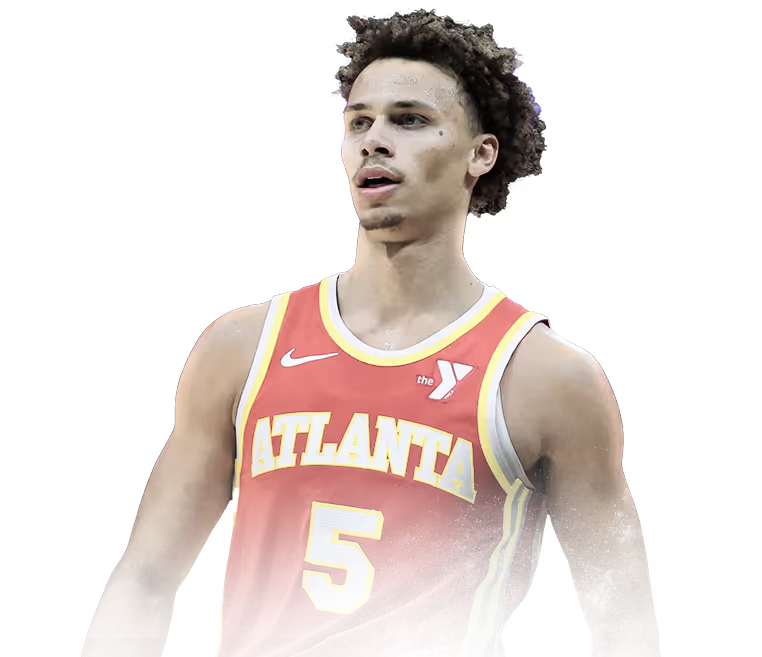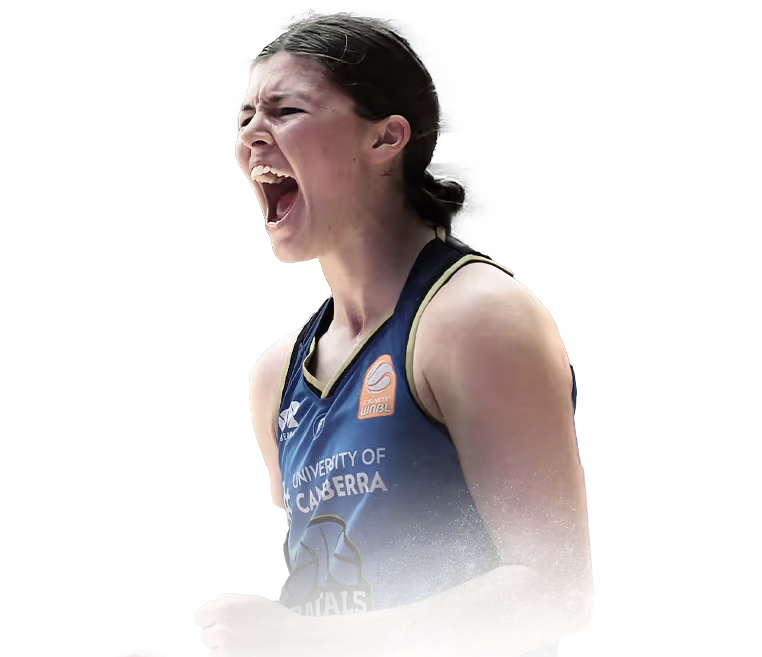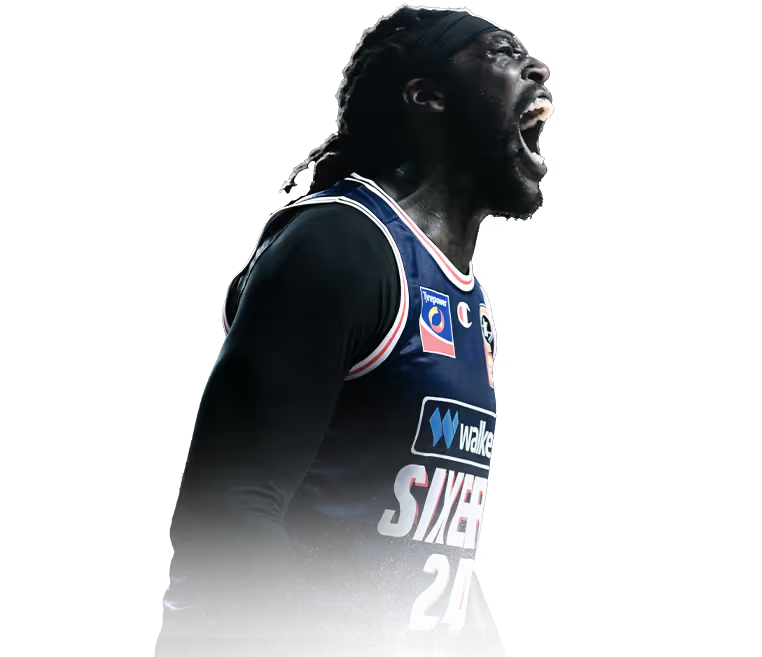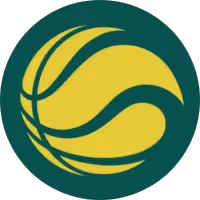

2
Oct
Explainer
Rep trials: Keys to standing out at U12–U16
What coaches really value at U12–U16 rep basketball trials: fundamentals, effort, and coachability.
- Rep basketball trials: what coaches really look for
- 3-month skills workout plan for junior players aged 14 to 16
- 10 essential drills for Under-16 players focusing on game speed
- Boom! 1.3 million Aussies play the game we all love
There is no doubt basketball is experiencing its greatest popularity since the 1990s. The NBL, WNBL and NBL1 along with our dominance at the 2025 Asia Cup tournaments is driving incredible growth in the game we all love.
But there's a long way between juniors trialling for their first under-12 club representative team and the elite opportunities our young basketball players have the chance to play for.
Representative trials are the first step. The development cycle of boys and girls aged between 10 and 15 are crucial and the reality is some kids have developed faster than others. That doesn't mean squat for their longterm goals. Many, many of today's men's and women's stars didn't make rep teams or state teams at all in their junior careers. Mums and dads: KEEP THAT IN MIND!
There will be standout players at the Under-12 to Under-16 level but its not the be-all and end-all for coaches selecting their 2026 club representative teams.
If this is the first time for you and your junior, here are the key things you need to know about representative trials.
Under-12 to Under-16 Trials
At these ages, coaches are focused less on fully polished play and more on fundamentals, effort, and potential for development.
1. Skills
- Ball Handling: Comfort dribbling with both hands, head up, and ability to change direction/speed without losing control. Players who panic under pressure or look at the floor stand out negatively.
- Shooting Mechanics: Coaches value proper footwork, balance, and consistent follow-through, even if shots don’t always fall. They’re assessing long-term shooting form.
- Passing: Willingness to share the ball, make simple effective passes, and avoid risky turnovers. Vision (seeing cutters, skip passes) is a bonus.
- Defense: Staying low, moving feet laterally, and contesting without fouling. Willingness to guard players of all sizes is key.
2. Effort & Physical Attributes
- Hustle: Diving for loose balls, sprinting back on defense, and showing energy at both ends.
- Rebounding: Boxing out, chasing boards, and showing toughness, even from guards.
- Conditioning: Coaches don’t expect elite fitness at this age, but effort throughout the trial is crucial.
3. Game Sense
- Spacing & Movement: Cutting when teammates drive, filling open spots, not bunching up.
- Awareness: Recognising when to shoot, when to drive, when to kick out.
- Listening: Players who quickly adjust to instructions or drills stand out.
4. Intangibles
- Coachability: The number one trait at this level. A player who listens, learns, and tries again will often be picked over a “talented but stubborn” athlete.
- Body Language: Smiling, encouraging others, showing resilience after turnovers.
- Team-First Play: Passing to the open teammate, not forcing shots to impress.
Summary: Coaches are looking for raw skills, energy, and a positive attitude. The best players at these trials are the ones who combine basic fundamentals with high effort and a willingness to learn.
FAQ for Parents & Players
Q: What should my child focus on before trials?
A: Focus on fundamentals (shooting form, dribbling, defense), conditioning, and attitude. Effort and teamwork often stand out more than points scored.
Q: Does scoring the most points guarantee selection?
A: No. Coaches are selecting teams, not just the best scorers. They value defense, effort, and unselfish play just as highly.
Q: What should players bring on trial day?
A: Proper basketball shoes, reversible singlet (light/dark), water bottle, and a positive attitude. Arrive early and warmed up.
Q: How do coaches balance size vs skill at younger ages?
A: Size helps, but skill, effort, and coachability are often more important. Coaches want long-term potential, not just short-term height advantage.
Q: What if my child has a bad day at trials?
A: Coaches evaluate across drills, scrimmages, and multiple sessions. One mistake or quiet scrimmage won’t ruin chances if the player shows effort and resilience.
Q: How many players get selected?
A: Team sizes vary by age group, usually 10–12 players. Selection also considers team balance (guards, wings, bigs).
Q: How can parents best support?
A: Encourage, not pressure. Reinforce effort and teamwork, not just points. Be respectful of coaches and allow the process to run without sideline interference.
About the Author
Peter Brown is the head coach of the Sydney Comets Women’s Youth League team in the Waratah Basketball League in NSW. He is also the assistant coach for the Comets NBL1 women’s team in the NBL East Conference. Peter is a 30-year journalist, starting as a sports reporter at the NT News in the early 1990s. He played junior basketball for the Northern Territory at national championships from U16 to U20 and for the Territory’s senior men’s team at numerous international tournaments. Peter has been a basketball fan since the early 80s, especially the NBA. Basketball is his passion — and his opinions his own. Email peter.brown@basketball.com.au with feedback. Any email feedback on articles sent to Peter can be published on basketball.com.au for others to read.
Exclusive Newsletter
Aussies in your Inbox: Don't miss a point, assist rebound or steal by Aussies competing overseas. Sign-up now!


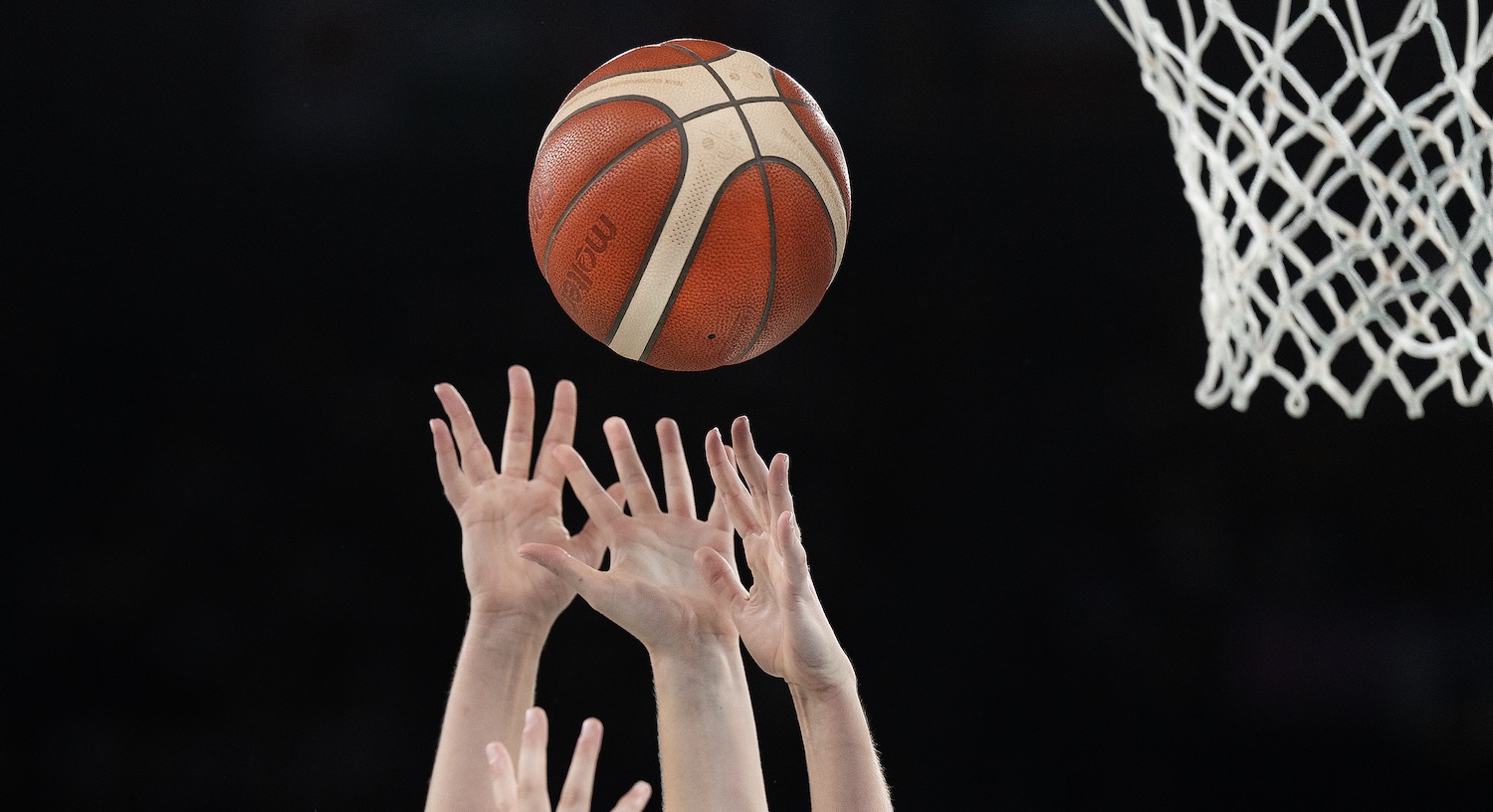
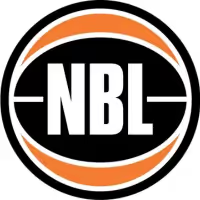

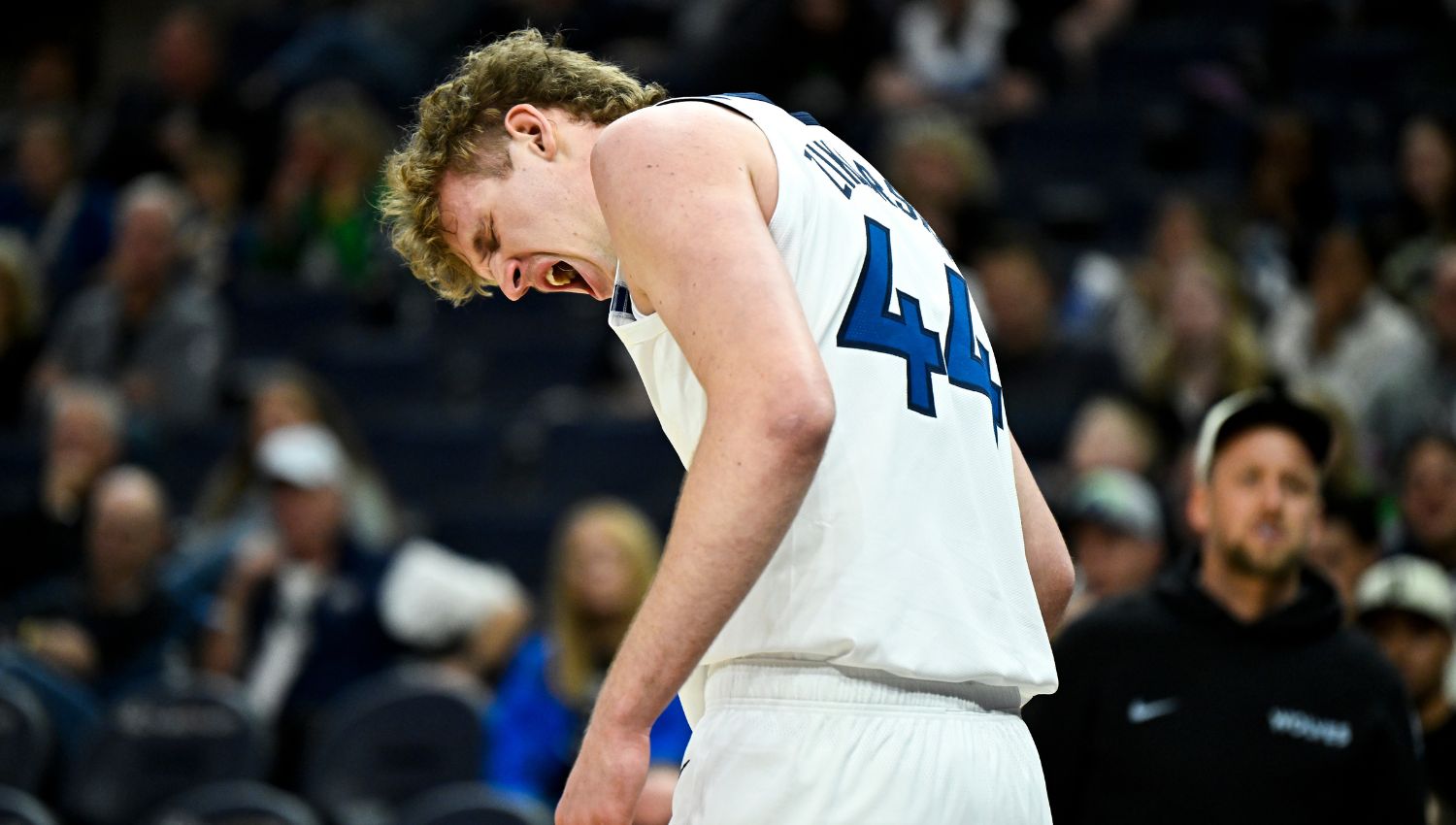

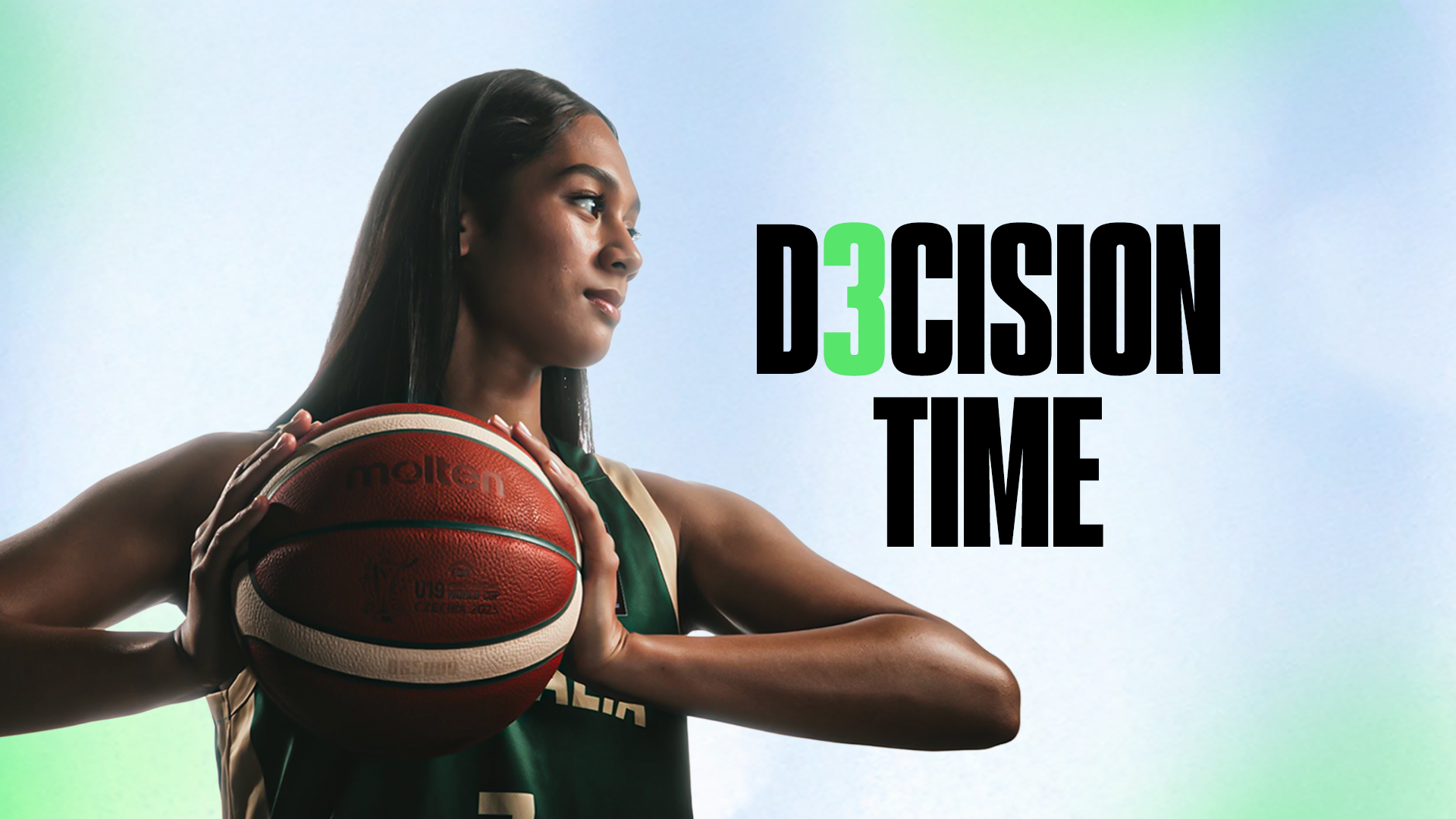
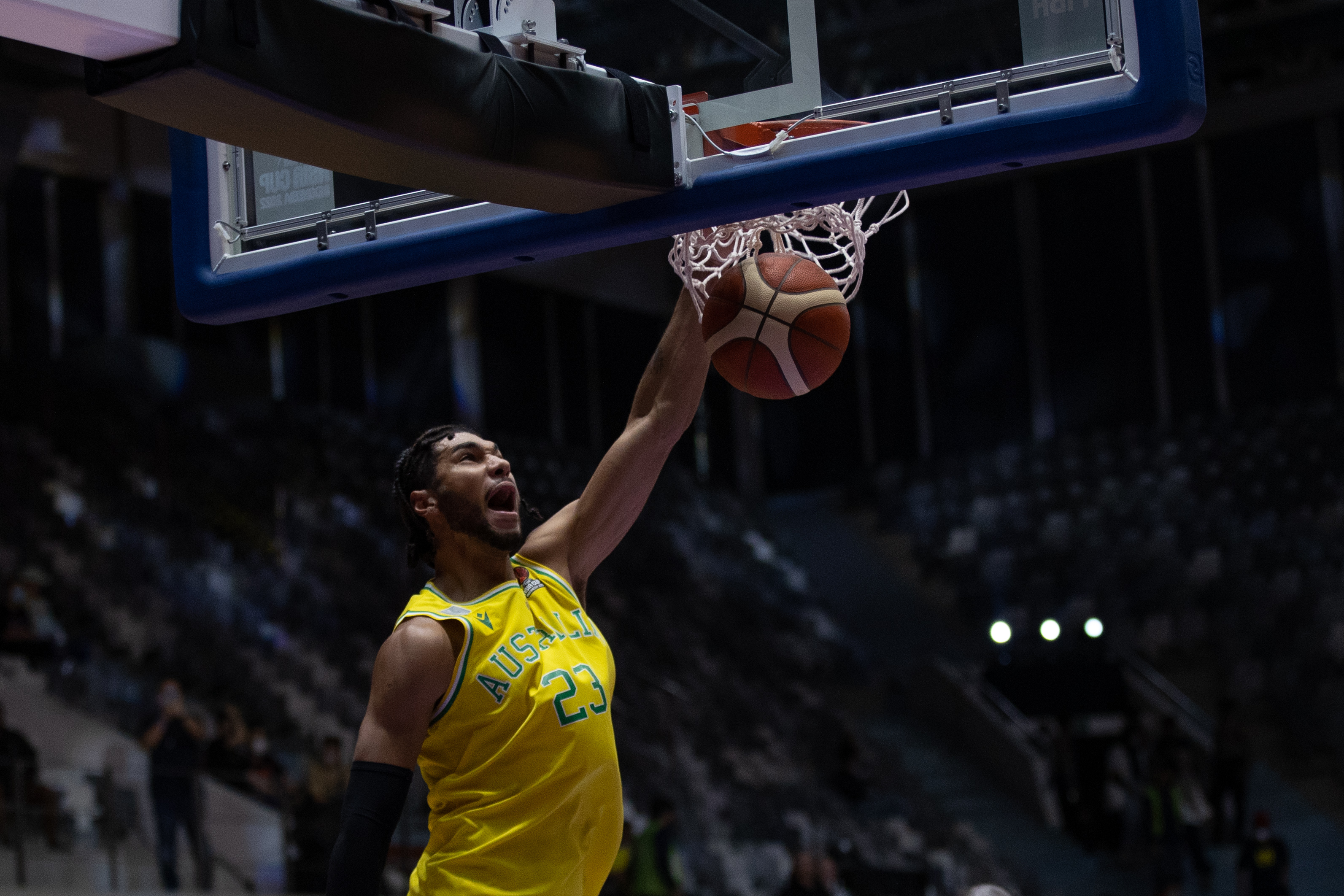
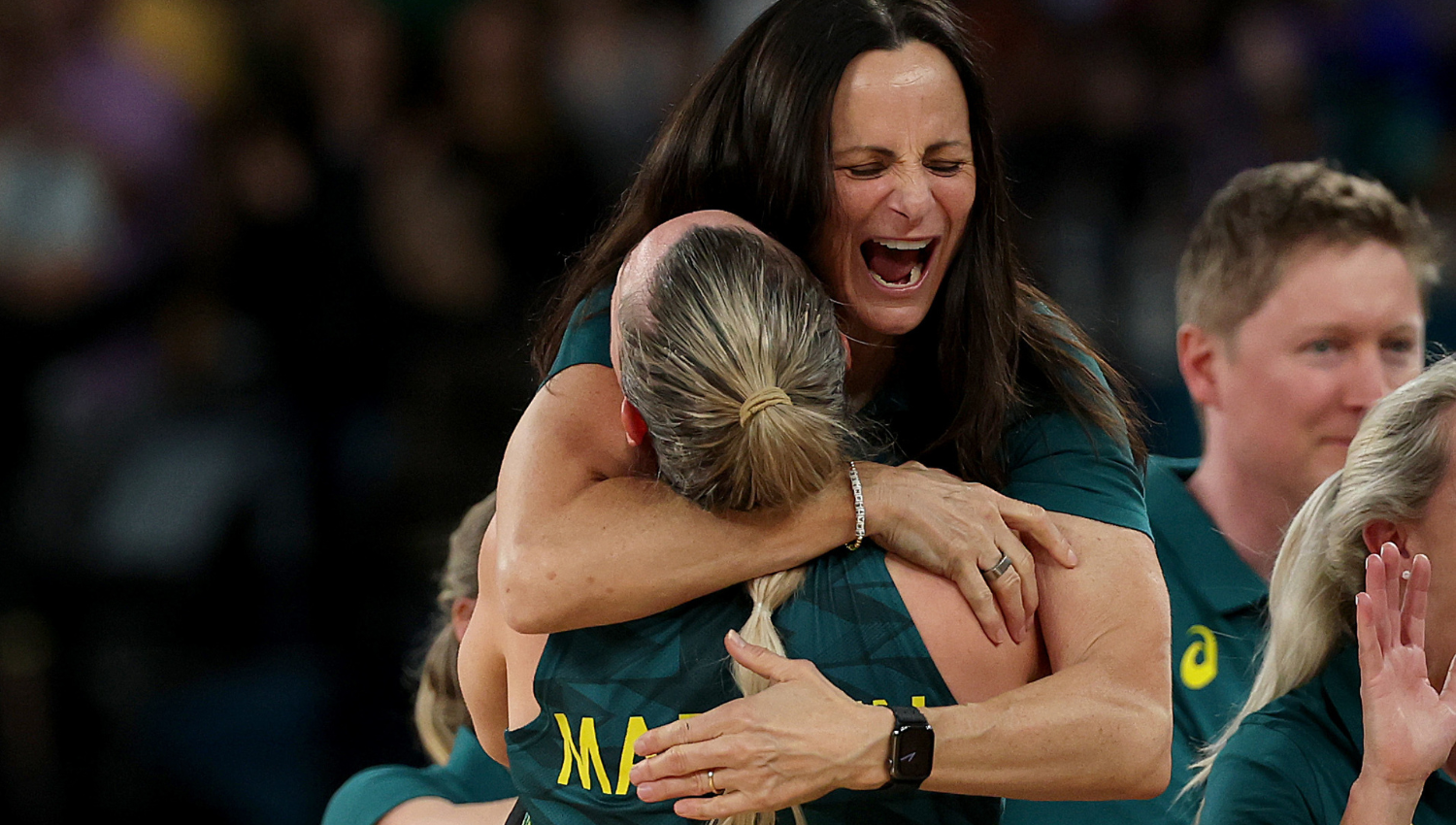

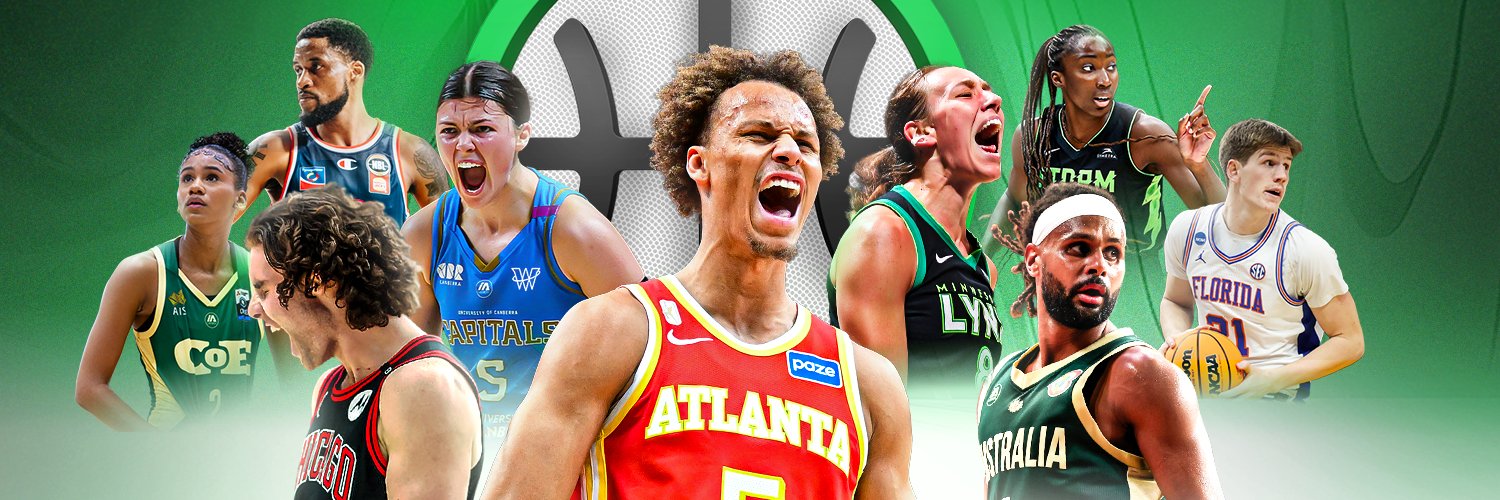

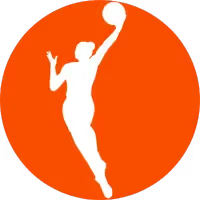


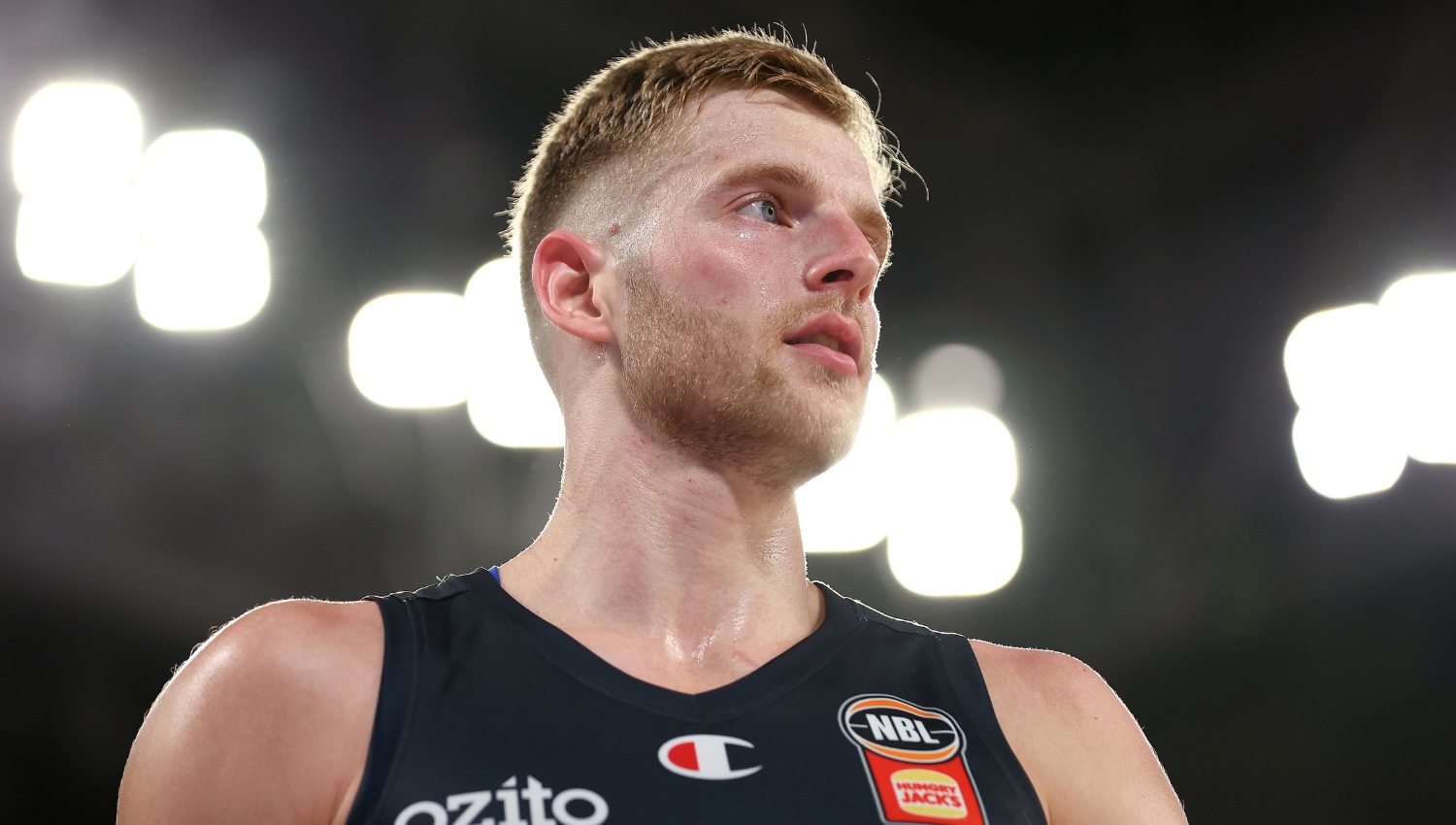
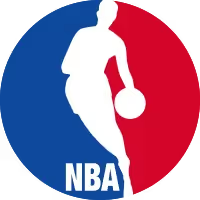

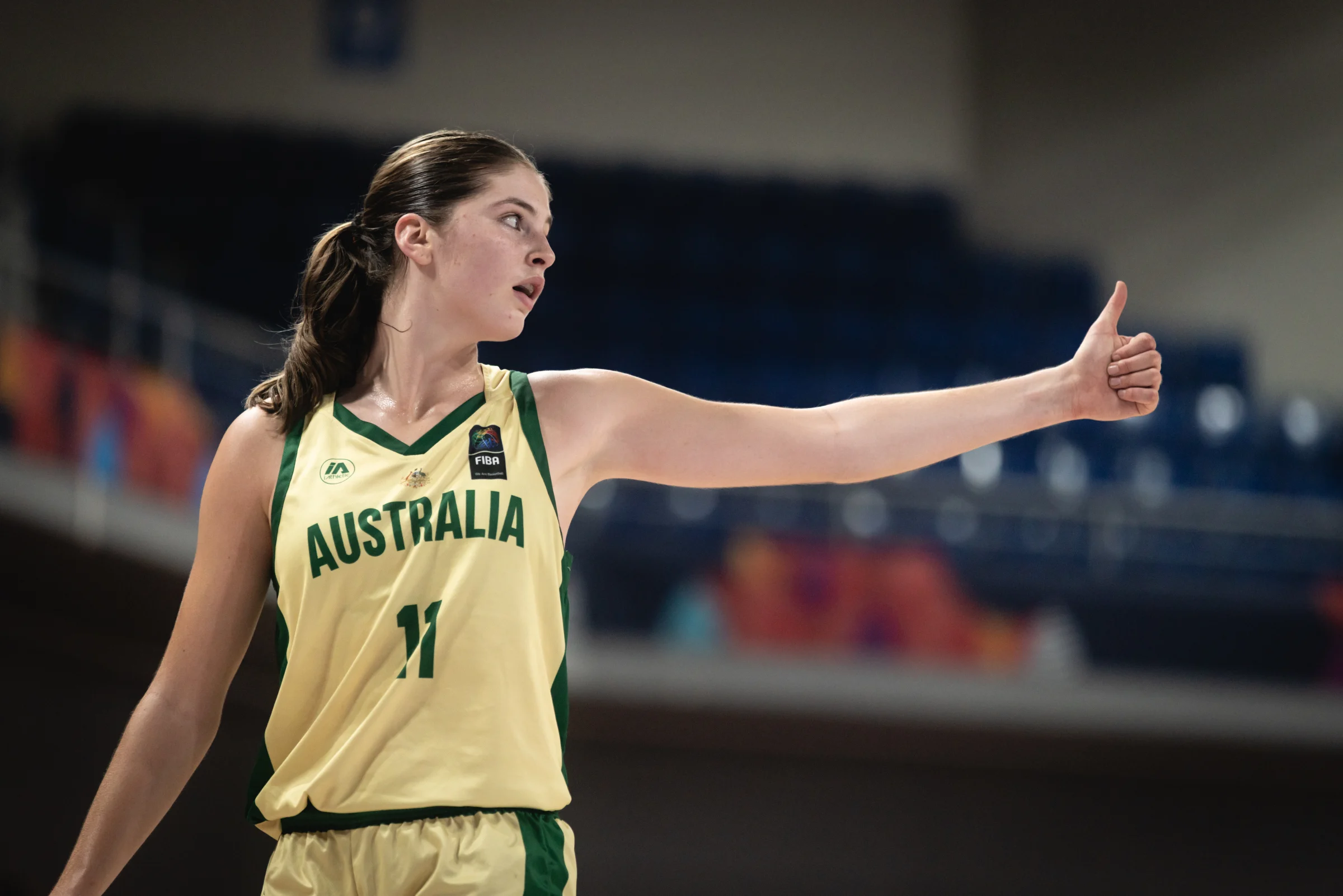

.png)

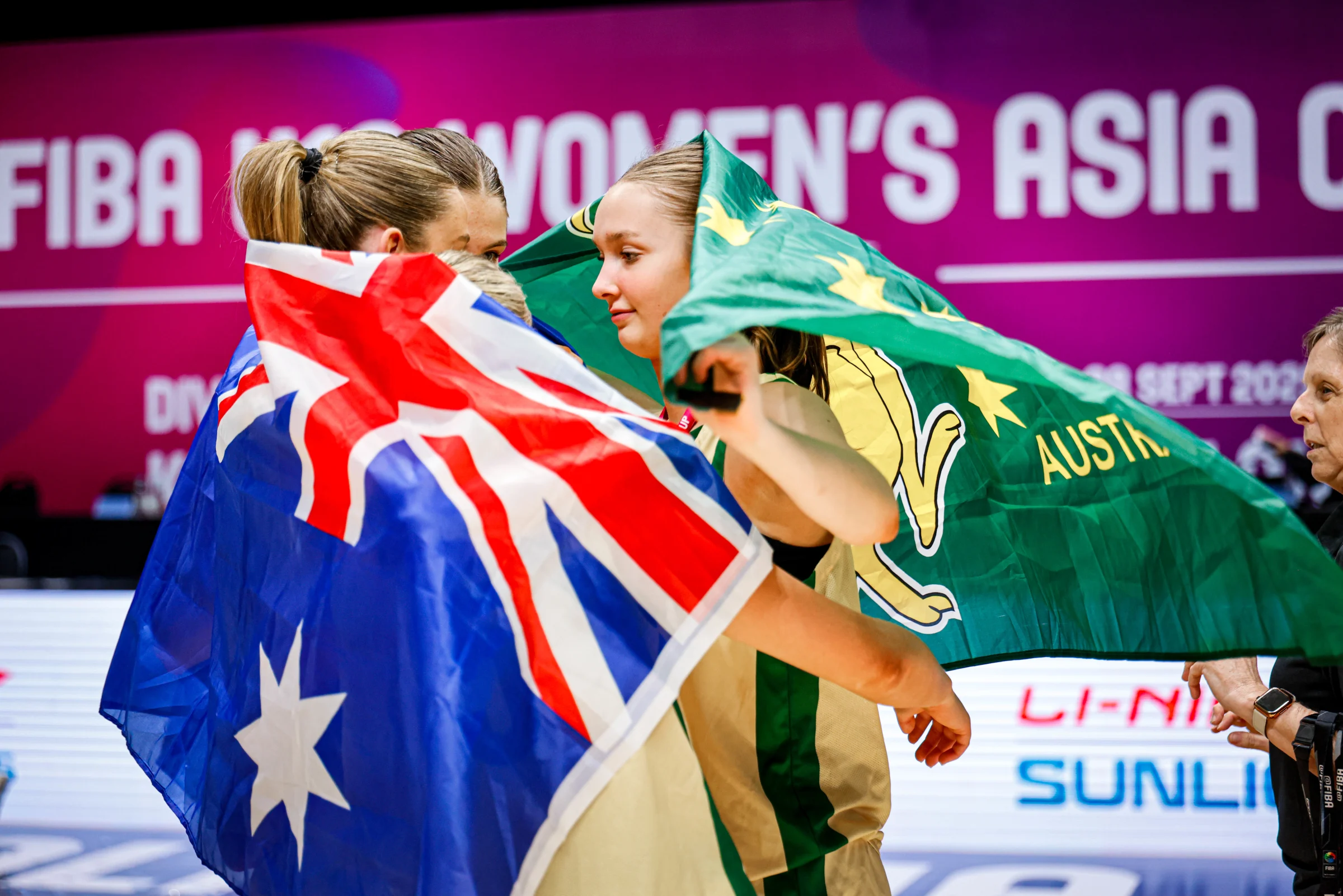

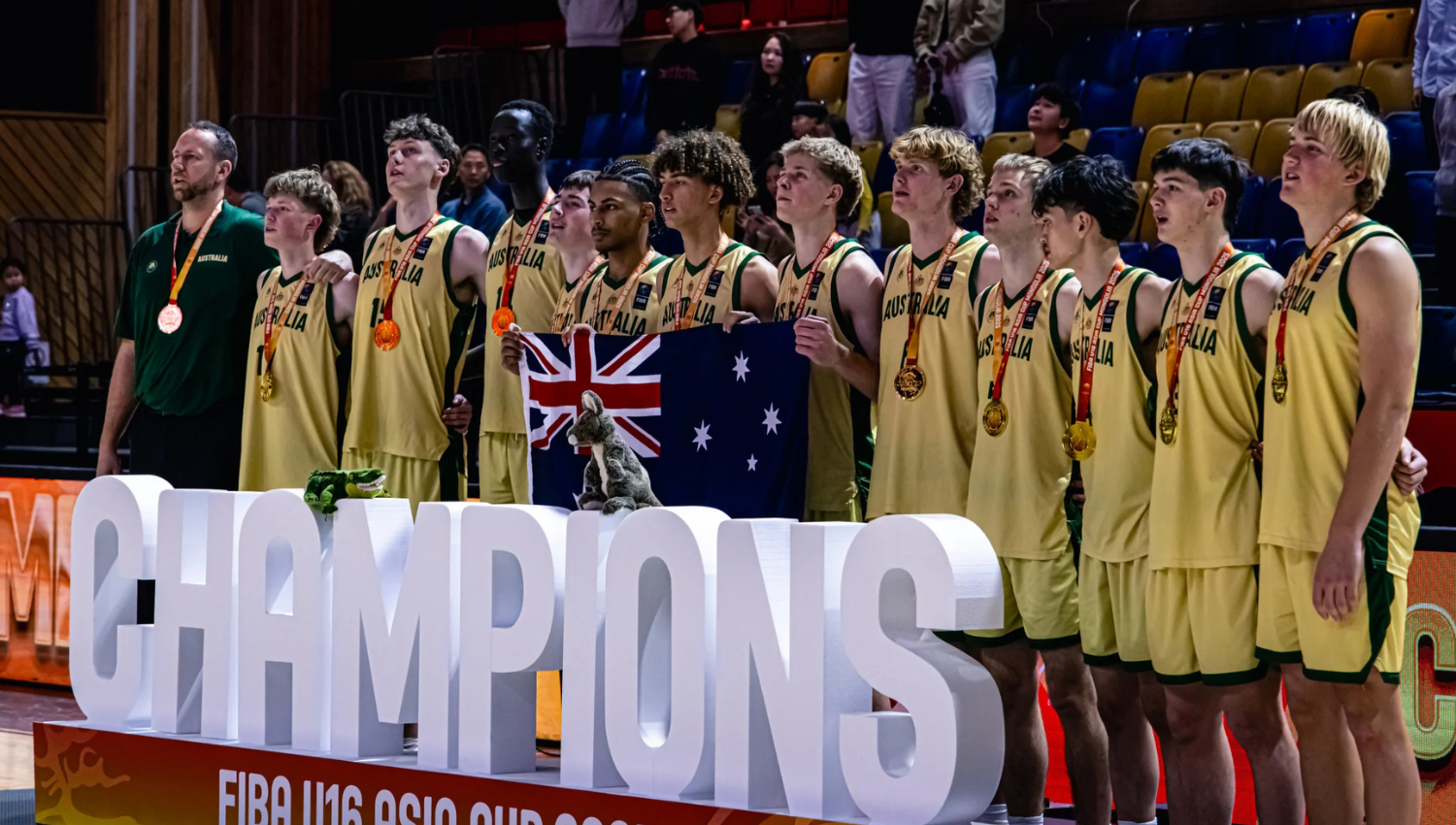

.png)


